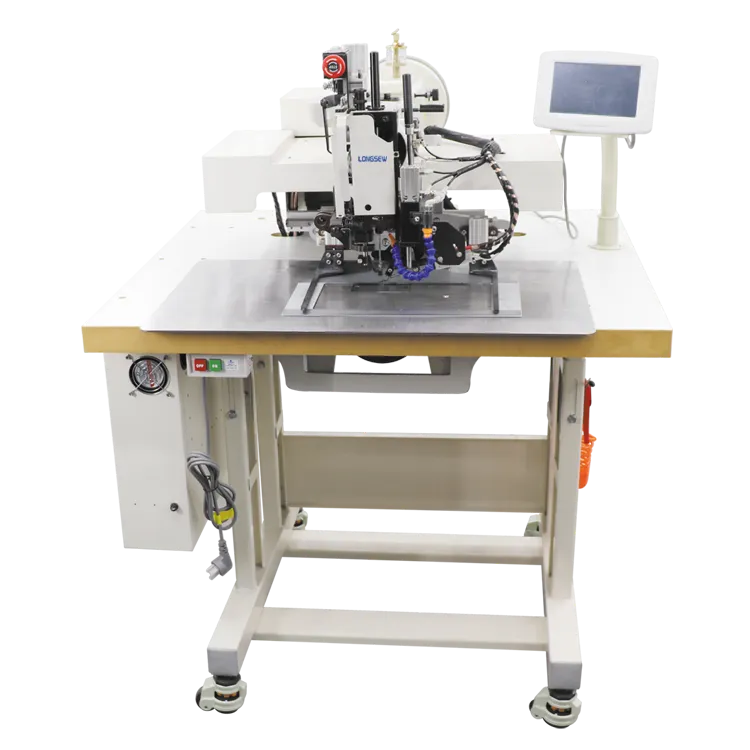High-Quality Upholstery Machines for Professional Upholsterers
The Evolution and Importance of Upholstery Machines
Upholstery machines play a crucial role in the furniture and textile industry, enabling efficient and precise work that can transform a simple piece of furniture into a stunning centerpiece. These machines encompass a variety of tools and technologies designed for cutting, sewing, and finishing upholstery fabrics, making them essential in both commercial and artisanal settings.
Historically, upholstery was a manual craft, with artisans using basic tools to hand-stitch fabrics onto furniture frames. While this method allowed for great attention to detail, it was time-consuming and labor-intensive. As the demand for upholstered furniture grew, so did the need for more efficient processes. The invention of upholstery machines revolutionized the industry by significantly speeding up production times and improving consistency across products.
Modern upholstery machines come in various types, each designed for specific functions. For example, industrial sewing machines are equipped with powerful motors that can handle thick materials like leather and heavy fabrics. These machines are often used for stitching seams and attaching upholstery covers to furniture frames. Other specialized machines include tufting machines, which create the signature raised patterns commonly seen in sofas and chairs, and cutting machines that ensure precise fabric dimensions before assembly.
upholstery machine

Beyond efficiency, the introduction of upholstery machines has also enhanced the creativity and versatility of furniture design. Upholsterers can experiment with a wider range of materials and techniques, offering customers more options for customization. This adaptability has not only helped in meeting consumer demands but has also fueled innovation within the industry, leading to the development of new fabrics and upholstery styles.
Furthermore, upholstery machines contribute to sustainability in the furniture industry. By reducing wastage during the cutting process and speeding up production, manufacturers can optimize their use of materials. Additionally, many modern machines are designed to work with eco-friendly fabrics, supporting a shift toward more sustainable practices in upholstery.
In conclusion, upholstery machines are foundational to the modern upholstery industry. They have transformed the craft from a labor-intensive process to a more efficient, precise, and creative venture. As technology continues to advance, we can expect even more innovative solutions that will enhance the quality and sustainability of upholstered goods, ensuring that this essential craft continues to evolve for future generations.
-
Leather Sewing Machine: The Industrial Standard for Tough MaterialsNewsJul.18,2025
-
Sail Making Machine: Heavy-Duty Stitching for Industrial and Marine NeedsNewsJul.18,2025
-
Sling Sewing Machine: The Backbone of Heavy-Duty FabricationNewsJul.18,2025
-
Leather Sewing Machine: Precision for Heavy-Duty StitchingNewsJul.18,2025
-
Big Bag Sewing Machine: Powering the Future of Bulk PackagingNewsJul.18,2025
-
FIBC Sewing Machine: Essential Equipment for Bulk Bag ProductionNewsJul.18,2025
-
Heavy Duty Leather Sewing Machine: A Must-Have for Professional LeatherworkNewsMay.28,2025





























